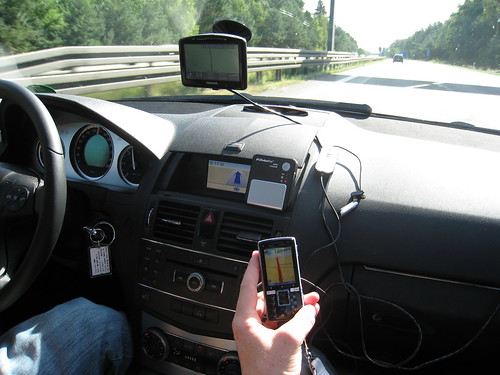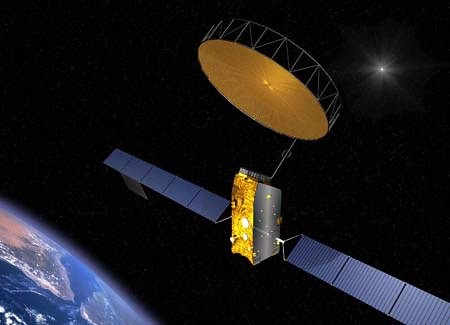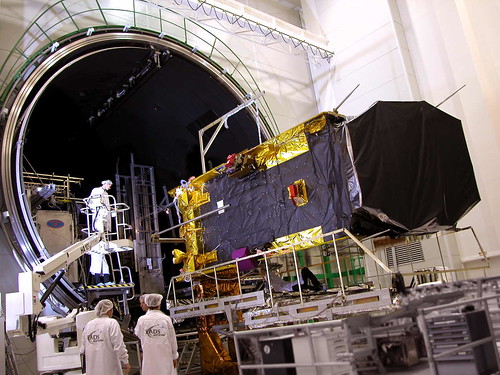There’s little doubt that GPS has made the world a better place. The combination of satellite technology and an old fashioned map has kept a lot of people — yours truly included — from getting stupidly lost. It’s also made waiting for the bus a far less mysterious endeavor.
Increasingly, too, when people do stupid– and criminal– things, GPS is helping to unravel those mysteries, too.
The AP reports on how the proliferation of GPS is being used in forensics:

The growing popularity of GPS systems — in cars, cell phones and other handheld devices — gives authorities another powerful tool to track suspects.
Among recent cases:
_ In September, a man in Butte, Mont., pleaded guilty to rape shortly after a judge ruled that evidence from the GPS unit in his car could be used against him at trial. Prosecutors planned to use it to show that Brian D. Adolf "prowled" through town looking for a victim.
_ In New Brighton, Pa., a trucker’s GPS system led police to charge him with setting his own home on fire. GPS records showed his rig was parked about 100 yards from his house at the time of the fire.
_ In the case of a missing Chicago-area woman named Stacy Peterson, investigators sought GPS records from the SUV owned by her husband, former police officer Drew Peterson. She still hasn’t been found, and no one has been charged….
"What we’re dealing with here is a use of the technology that I don’t think the good people at Magellan or Garmin or TomTom really thought about when they were developing it," says one police detective:
Detectives are often able to extract map searches and desired destinations that have been entered into a GPS unit by the user. Some devices are equipped with a "track back" feature that can show where the unit was at a particular time….
The GPS feature on a cell phone has already helped solve at least one crime. In 2006, police in Virginia Beach, Va., used the GPS on a homicide victim’s cell phone to find the phone and her purse in a garbage can behind a home. The home was linked to the man who was eventually charged with killing her.
Jon Price, a trainer at Garmin Ltd., the leading maker of commercial GPS units in the U.S., started getting calls five years ago to work with law enforcement in cases involving GPS data from the company’s units was being used as evidence.
Price estimates he’s helped with about 25 criminal cases, some of them involving GPS-equipped boats running drugs out of South America. He’s testified as an expert witness in a half-dozen cases…
"Typically the GPS data being used is for the purpose of contradicting (defendants’) alibis," Price said.
GPS data is usually just one part of the criminal case, however, as attorneys must also prove the defendant possessed the unit and entered the information into it.










